First published in Invisible Illness, a Medium.com publication on April 21st, 2020.
How we experience is linked to the emotional support we receive
“Why did you let that happen? Why didn’t you stop him? You could have blocked your brother with your body and saved the chick.”
My mother’s words were harsh, the situation harsher.
Tears streaming down my face, my sister, myself, and my 2 brothers stood around my mother. We watched the baby pheasant lying on her cupped palm, its little eyes closed, a loop of glistening intestines burst through its abdomen. We watched its tiny body rising and falling, watched its breathing, in and out, rapid and then stilled.
I was maybe 9 years old. A local farmer had been mowing a nearby field and ran over and killed a mother pheasant sitting on her eggs. How we found out, I have no idea, but we took the eggs and put them under one of our nesting chickens. Although the eggs hatched, this particular chicken was not a great mother. So the baby pheasants began to disappear each night, one by one. We took the last one away from the chicken to raise ourselves. This ball of golden fuzz was a part of our family for a short while.
One day, I had taken the baby chick out of its box and was lying in the grass beside it, enjoying the sunshine. It was a sweet little bird with a dark stripe over its eye. It happily peeped as it pecked at the grass.
My little brother, who was 5 years old or so, came running towards me. I yelled for him to stop. He continued running and stepped directly on the baby bird. The shock vibrated through me. I don’t remember what happened next. I only remember watching it die. And I remember the blame.
I questioned myself, Why had I let this happen? Why hadn’t I reacted faster?
I was a sensitive, imaginative, and intuitive child who loved animals. I could easily experience their pain, merge with them, and lose my separate self.
Existential
It was rural Pennsylvania in the ’60s. Our family had not yet reached the apex of stress they would hit when my siblings and I were in our teenage years. We didn’t really fit into this community of farmers and hunters. My mother’s friends were still in New Jersey. I think my father’s focus on his art left her lonely. My parents did not have support from their community, relatives, or even each other. Nor did they know how to emotionally support their children. Each of us held our individual selves up.
We were a family who saw ourselves through the lens of free will. We were not a family that understood the concept of a higher will or had faith. There was no understanding of how being nurtured and supported by others would enable us to develop and function. We did not understand what emotional support was. This meant not only that I was responsible for what happened, but that I had to get through this trauma by myself.
My mother was an emotionally distant person. She undoubtedly had Aspergers. There were no hugs, no, “I’m so sorry, it wasn’t your fault. I know you are sad.” There was no reassurance or help in understanding what had occurred.
When we are held, comforted, the body relaxes and loosens, the mind stills. The breath softens. That is what I needed but did not get.
Instead, I was thrown into an existential state where I was alone. I couldn’t deal with what happened by myself. I didn’t have the capacity. Without support, I merged with the bodily shock and trauma this little bird experienced. I could not see beyond it. I free-fell into the dark pit of self-blame. And moved into even greater hypervigilance afterward.
Like a nuclear explosion, this accident ballooned and vibrated through my psyche with no exit. At nine, I simply did not have the internal resources to grieve and let go.
Who do you blame in a situation like this? A five-year-old? The farmer who killed the nesting pheasant? Us for saving the developing eggs? Me for not knowing to throw my body over the baby bird?
The image of the little pheasant as it died on my mother’s cupped palm has haunted me for 50 years. It is one of the places inside where I do not trust the universe, where I struggle to believe the world is good. It is where I was blamed, and I blamed myself.
When the suffering is too intense, we move into blame. How do we untangle the trauma, the blame, and the guilt? How do we heal trauma?
Accidents and injuries
I’ve always struggled with “accidents.” In my life, accidents have often been connected to trauma. And they have impacted my ability to trust that the universe is safe.
What is the relationship between an accident and what is meant to be, or destiny? I’ve wondered about this for my entire life. Are there accidents? One theory I’ve read put forth the idea that when your energy is out of balance, accidents can happen. Others indicate that there is no such thing as an accident.
I, of course, have feelings about this. On the one hand, I want to believe that everything is meaningful. The idea of an accident makes me feel unsafe. On the other hand, I struggle with so many horrific events in our world. If there are no accidents, then what is this place? How do we create meaning around what happens?
According to lexico.com, an accident is “an unfortunate incident that happens unexpectedly and unintentionally, typically resulting in damage or injury.” It is “‘a happening’, from the verb accidere, from ad- ‘towards, to’ + cadere ‘to fall’”.
It is falling towards a happening. I see it as indicating a fall from grace. A fall into the deep underbelly of darkness, where light does not exist.
The “bad” trip
Once, years ago, I tried DMT (synthetic Ayahuasca) with my shaman friend, Malcolm. I went straight down to hell, to a place with no light, no love, no god. The 45 minutes of this experience seemed to last for days. I clutched Malcolm’s arm for dear life. When I finally emerged, I was so grateful to be back into ordinary reality, to be with my friend and his cats.
It took years for me to integrate this experience. Eventually, as I looked back, I saw how my fear of death had evaporated. I had already been to somewhere worse than death. I had been to the underworld in its darkest form.
According to Martini Fisher, “For the ancient Greeks, the underworld represented a point of no return. However, there are some who managed to descend to the realm of the dead and who returned to the land of the living. This journey to the underworld usually provided the hero or upper-world deity with a special object, a loved one, or a heightened knowledge. The ability to enter the realm of the dead while still alive, and to return from it, is considered proof of the hero’s prowess and mastery over himself and the world around him…”
I’ve had this experience in a variety of forms. From the traumatic incident of the pheasant chick to the immersion in the DMT trip, to years spent in a bad relationship, these experiences are linked.
In the case of the DMT trip, I went down, and I came back up, but the gold to be gained from that experience was still years away.
In the case of the problematic relationship and other difficult chapters of my life, I’d enter a nightmare. To emerge into a different reality, I had to change. These dark ‘chapters’ of suffering are somewhat different than an ‘event’ that erupts into our lives in the form of trauma. But there are also similarities.
When we have an untenable experience, whether an accident or not, whether brief or over a long period, we need to find ways to hold ourselves together. In a sense, the experience becomes frozen in our nervous system. There is work to be done to release ourselves from this prison.
To make use of these experiences, we need to turn towards and seek meaning and a more enlightened way of engaging with life. For example, when I was much younger and had dated a man with addiction issues, I learned that I was ‘co-dependent’ in a way that caused me harm. Al-anon not only helped me build the backbone I did not have but introduced me to the idea that I was not in control of everything; that there were forces more significant than me. With these new learnings, I began to practice a new way of relating to reality.
As I look at the seemingly unfortunate and accidental events of my life, some of them clearly occurred because I needed to change course. These ‘accidents’ are easier to accept because I can see the purpose of them. It is those that seemingly have no purpose that I find accepting more challenging.
EMDR and healing trauma
Last year, I spent some time doing EMDR with a therapist. I went because I felt I needed to heal trauma. According to Dr. Arielle Schwartz, “EMDR [Eye Movement Desensitization and Reprocessing] Therapy changes maladaptive neural networks by connecting the traumatic memory with new information. The distressing thoughts and emotions are blended with new positive thoughts and emotions; embodied awareness allows frozen sensations in the body to resolve through healing movements.”
I found the process of EMDR uncomfortable but useful. I entered Michael’s office and sat down across from him. He had initially spent a full session getting an idea of the events that I felt were traumatic for me and getting a sense of my ability to self-support and not fall apart. He made sure I had an internal safe space and the ability to leave the traumatic state behind when I needed to return to my ‘regular’ life.
And then we began. We would pick an event, and as he moved a ball back and forth and my eyes followed, I would think of that event.
Michael would ask me what was happening, what I was experiencing. Over and over.
The event morphed until it became something different. Until instead of feeling like a victim of my father’s rage, or my mother’s control, I found a new vision, an image of my empowerment. Instead of cowering, I confronted. My emotional responses changed, and new internal experiences emerged.
Throughout 10 or so sessions, we moved through several ‘bad’ memories — memories that had stayed with me and caused me both a sense of pain and a perception of feeling powerless and unsafe. Traumatic memories and traumatic states of being are not empowered places.
I don’t know what shifted internally, but at some point, I realized I had more ground under my feet. There was a bottom supporting me. An intangible fear I had carried for years had diminished.
I had forgotten the story of the baby peasant when I was working with Michael. Yet, now I am finding a new place to stand in relation to this event. I am healing from trauma.
Two worlds
My world continues to morph, grow, and expand, despite areas where I am not yet in alignment, where I over strive and push too hard, where I struggle with limitations, where I don’t meditate enough or skip yoga, where I worry. I don’t live only in a life where I’ve suffered and struggled.
I also live where the universe evolves with beauty, and magic blooms at the edges of my vision. I live in a world where I know I create my life, and I stand in that power. I live in a world where I know I have a purpose and a mission.
Which world do I wish to live in? Knowing the answer is easy. Turning my naturally obsessive gaze from the problem to the solution is much more difficult. As someone I know once said to me, “take the needle out of your arm.” She was referring to my obsession with trying to solve problems on the problem level instead of taking care of myself. Instead of setting an intention, doing the work required, and then allowing the universe to do its job.
I can turn from my obsession with trying and find other ways of thinking. I tell myself that I am developing as a human. That I am gifted by the many beautiful beings around me. That I can find faith and love. That I can make my path more joyful, and I can live in balance.
I choose to trust not only that my vision will come to pass if it is the universe’s will, but also know that I am changed for the better by this journey. This journey is more expansive than my will. My engagement with this journey is where my power lies. My task is to live with joy even as I am confronted with obstacles, accidents, challenges. My task is also to heal from trauma. To do so requires support, both internal and external.
Kindness and love
My world contains extreme kindness. My siblings, my mother, and I gathered to witness with love as the chick’s inhales and exhales stopped. We buried him or her. We cried. Although we were not then aware, in this circle of love, there was a gift to all of us. That gift stood side by side with the shock, pain, grief, and blame. It is as if there were two different realities.
The golden moment of sharing and honoring stood side by side with blame and shock — like the contrast of the good witch and the bad witch of the Wizard of Oz. We had fallen into the clutches of the bad witch; we did not realize the perspective of the good witch. The door to seeing that circle of love was not open to me until recently.
Now I have the opportunity to unhook these two things, the grief, and love. I have the chance to release the blame, the guilt, the pain, and maybe even heal trauma.
How often do we get caught in trauma and tragedy instead of in beauty? How do we accept adversity and choose to see what is beautiful? Every day heinous acts are taken. Every day miracles occur. The universe is alive. Right now. Choose to draw to yourself the support you need, the support that is available to you. Get on the path to healing trauma.
That little bird died surrounded by love. He passed quickly. I choose to release the trauma and find beauty. His short life impacted all of us. We wanted him to live, to enjoy, to have a full, happy Pheasant life. We cherished and enjoyed his little downy body, his little happy peeps, watched him peck grass. In the accident, the beauty was lost. That, too, was tragic.
Trauma can also impact our relationships. To learn more read How Past Trauma Impacts Relationships.
For an article on creating safety in relationships read this.
Join my email list here.
References:
Accident: Definition of Accident by Lexico. (n.d.). Retrieved April 20, 2020, from https://www.lexico.com/en/definition/accident
Martini F. (2016, December 6). Descent to the Underworld: The Little-Known Practices and Symbols in Ancient Mythology of the Great Below. Retrieved April 20, 2020, from https://www.ancient-origins.net/myths-legends/descent-underworld-little-known-practices-and-symbols-ancient-mythology-great-below-021099
Schwartz, A., & Schwartz, A. (2019, January 28). How Does EMDR Therapy Work?: Dr. Arielle Schwartz. Retrieved April 20, 2020, from https://drarielleschwartz.com/how-does-emdr-therapy-work-dr-arielle-schwartz/#.XpTbflNKjUI

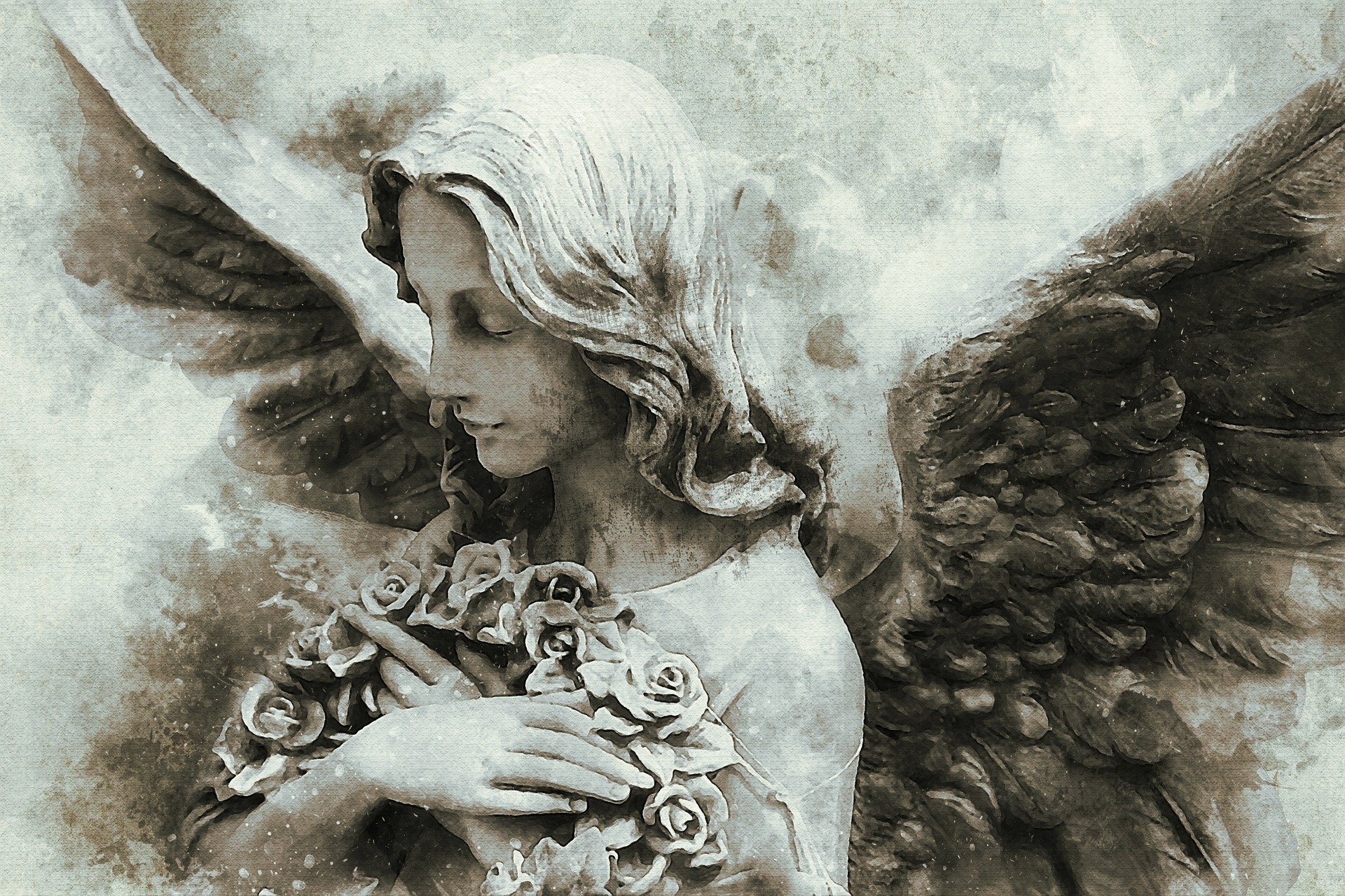
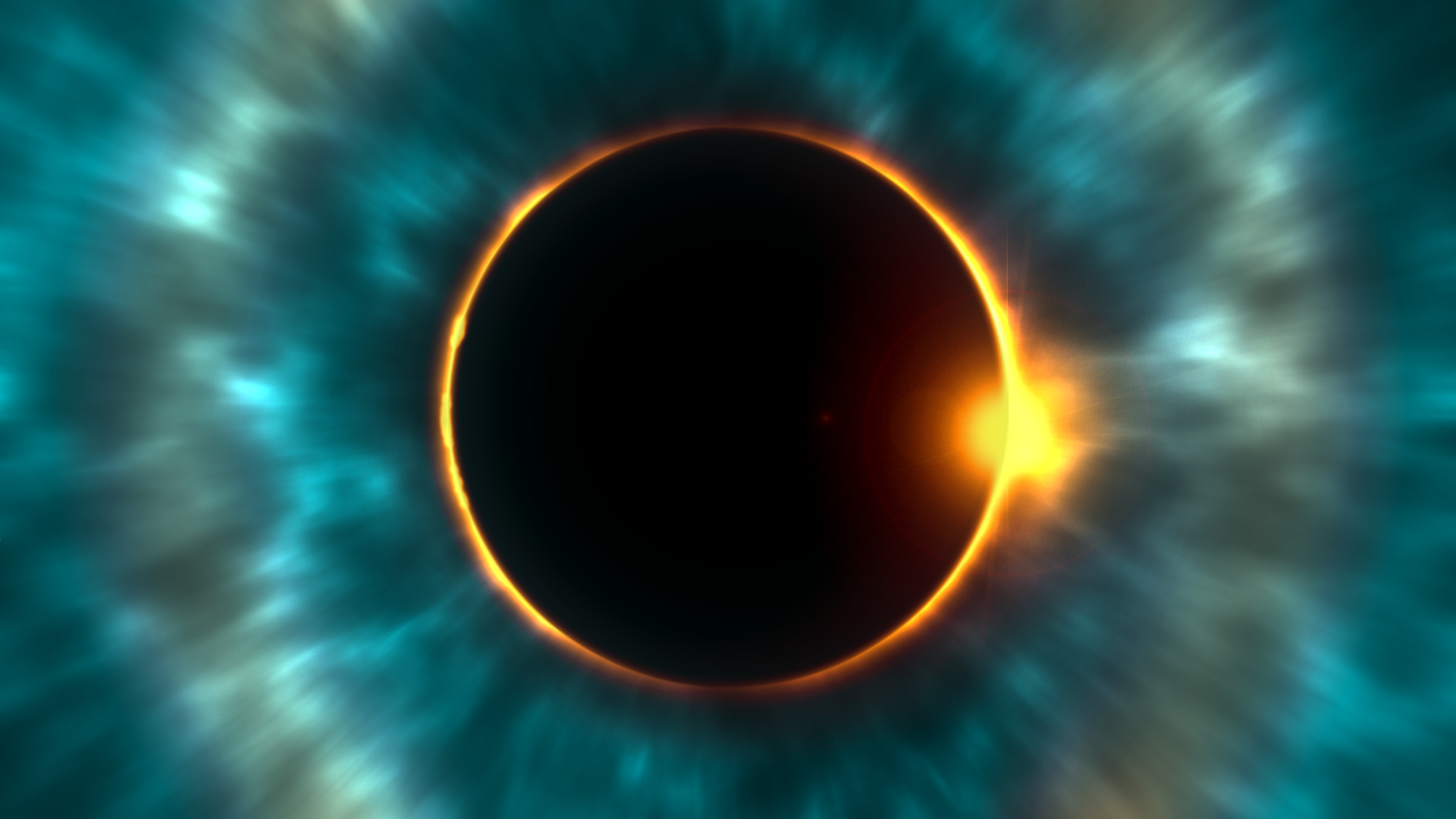
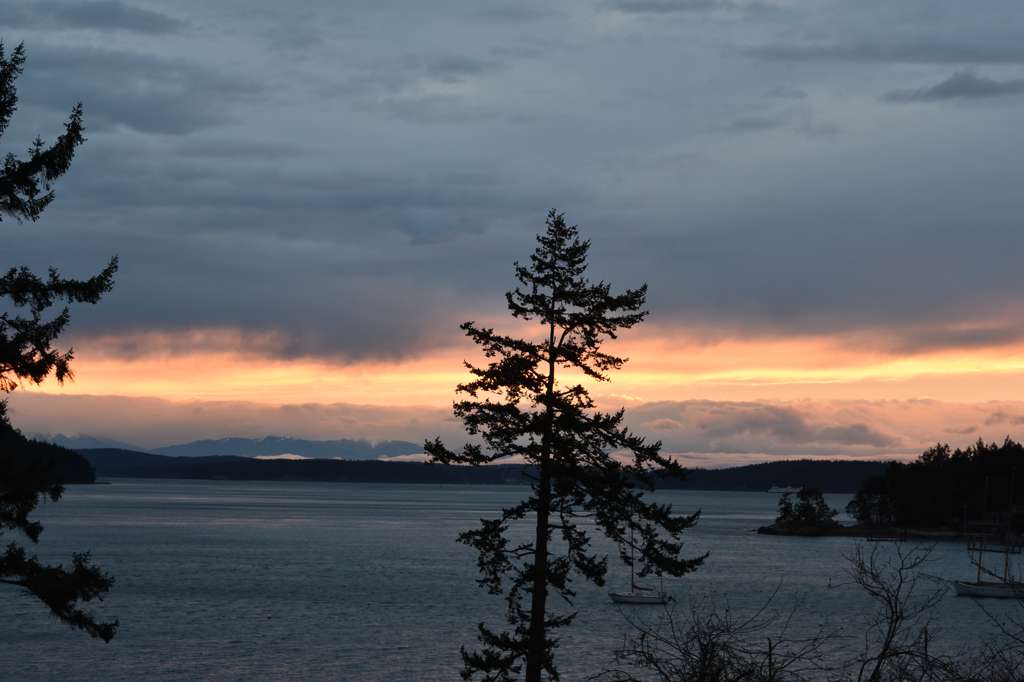
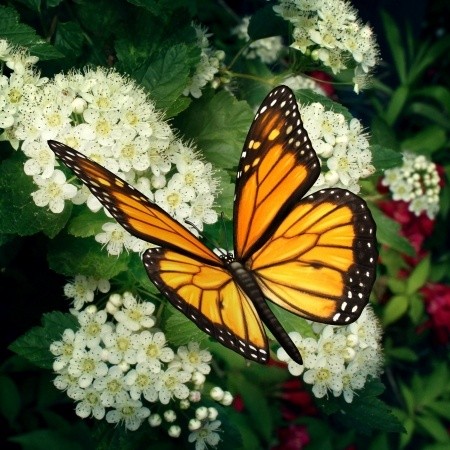
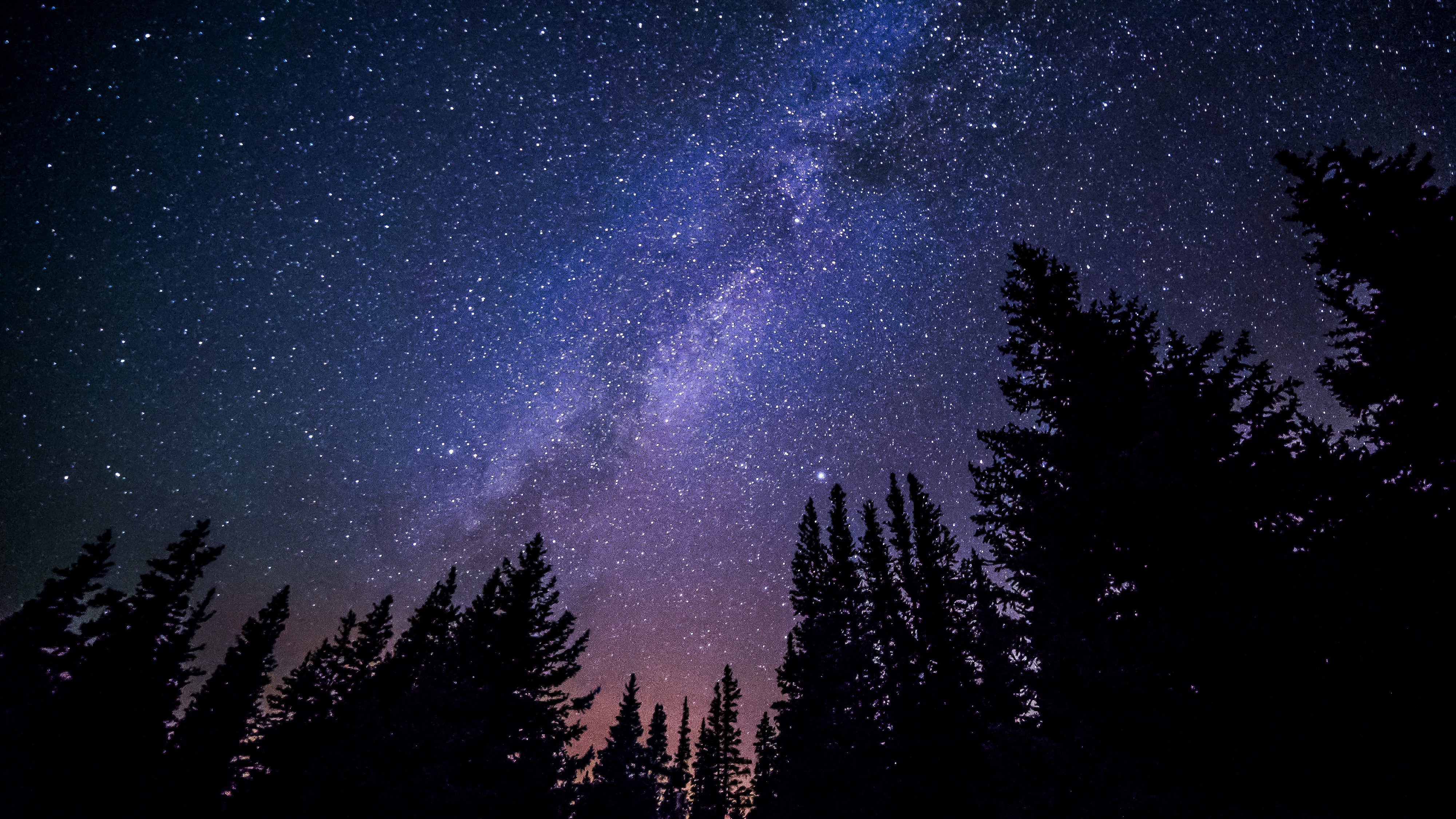
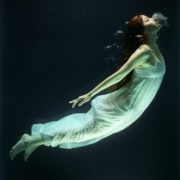
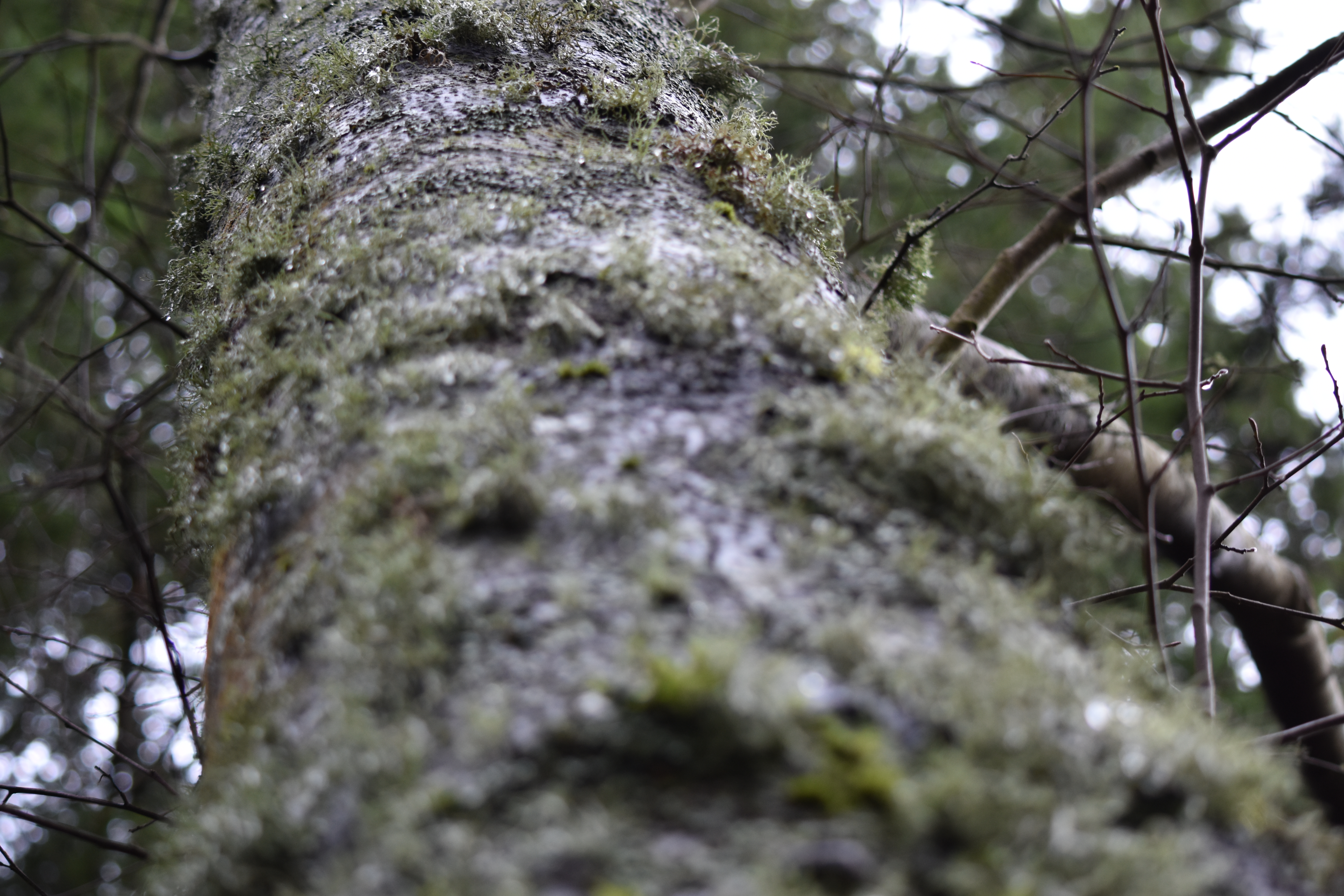

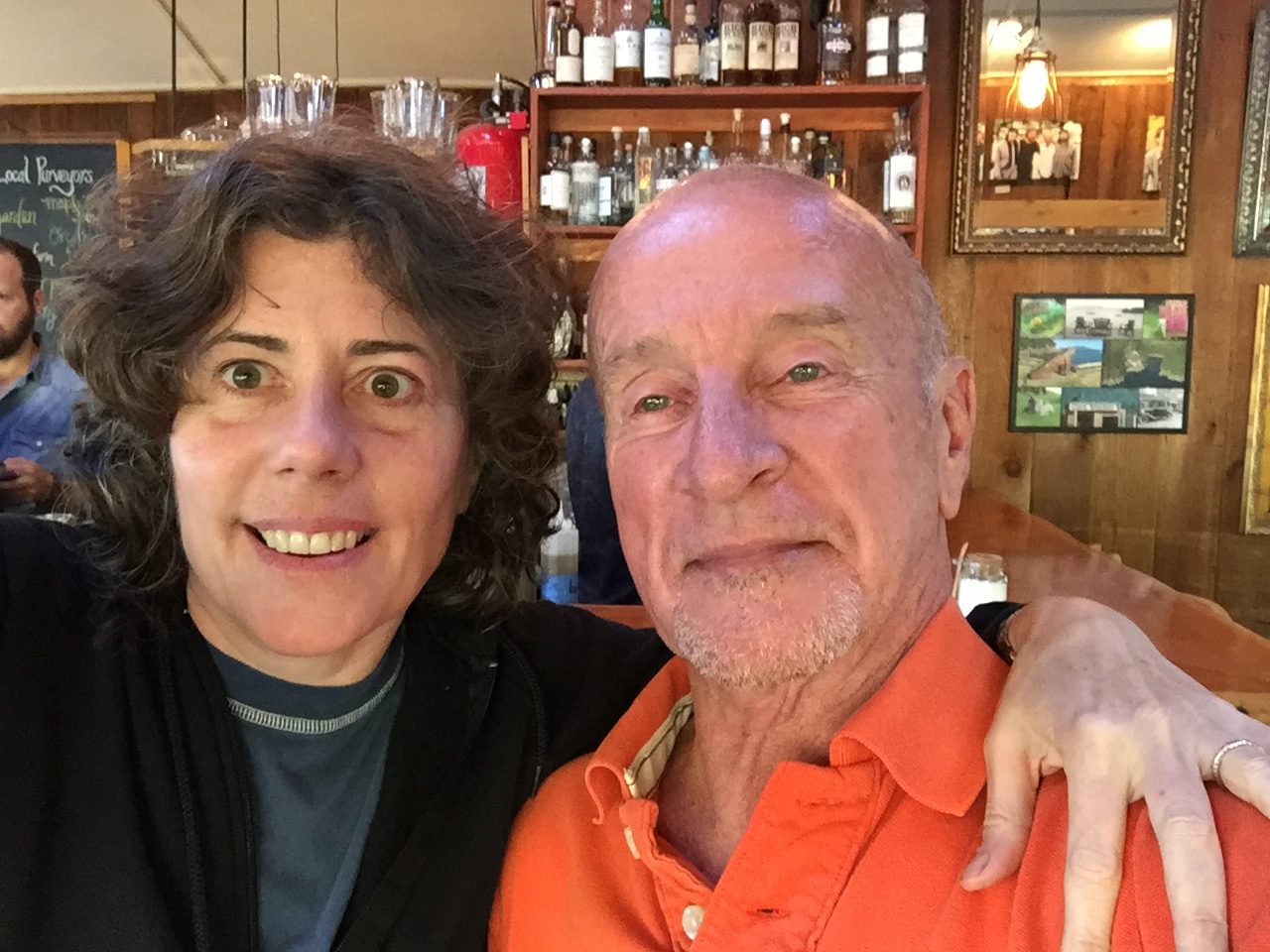
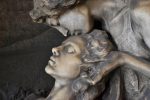
Leave a Reply
Want to join the discussion?Feel free to contribute!